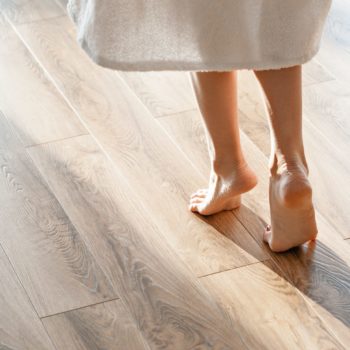Discopathy is an alteration of the thickness or position of the intervertebral discs, small circular structures placed between one vertebra and the other to absorb and distribute the stress resulting from body movements. The alterations to the discs can be due to different causes: traumas such as accidents or repeated small traumas related to the intensive practice of sports activities such as running, basketball and volleyball; sedentary lifestyle and aging. Dr. Francesco Costa, neurosurgeon at Humanitas, illustrated the two different types of discopathy: disc protrusion and disc herniation.
Herniated disc, how to treat it?
If the disc breaks down, the nucleus pulposus of the disc spills and invades the surrounding space, resulting in compression of the nerve roots, causing inflammation and pain. This problem is called herniated disc and its treatment depends on the situation: in some cases it is not necessary to operate, but it is sufficient to proceed as with a protrusion: drug therapy, manipulative treatments and gymnastics. If the hernia is of medium size, a conservative approach is first chosen, but the results are kept under strict control. If, after 6-7 months, the desired improvements have not been achieved and the hernia has not been resolved, the neurosurgeon can opt for the removal of the hernia. In other, more rare cases, instead, the operation is necessary. These are the cases in which there is an involvement of the motor nerve, which leads to disorders of sensitivity and strength of the feet. The operation is carried out under general anesthesia and requires a short stay, usually a night’s hospitalization. After about a month from surgery, the patient must devote himself to gymnastics to strengthen the muscles of the central part of the body that give stability to the column.
Disc protrusion and how to treat it
Disc protrusion is the most common discopathy: it is characterized by a release of the disc from its natural space and the invasion of the surrounding space, until contact with the nearby nerve roots. A phenomenon can occur when the disc loses thickness or becomes dehydrated. Protrusion causes pain that can radiate along the sciatic nerve or along the crural nerve, involving the thigh in the anterior part and the groin. The diagnosis is made during a specialist examination and may also benefit from an MRI. Therapy is initially conservative by prescription medication. During the acute phase, pain and inflammation must be eliminated by taking analgesic drugs (such as paracetamol), anti-inflammatory drugs or cortisone. In general, the doctor also prescribes a muscle relaxant to relax the muscles. In the acute phase, it can also be helpful to relieve symptoms and accelerate recovery, relying on osteopathy or chiropractic, practices that alone do not replace the postural gymnastics needed in a second phase and essential to avoid relapses. “To combat pain, ozone therapy is also used – explained the specialist: it is an infiltration of a mixture of oxygen and ozone that is injected into the muscle planes or near the foramen vertebrale, the channel containing the spinal cord. Ozone therapy deactivates and reduces the volume of the disc, allowing it to return from the protrusion. It is an effective treatment, but like the other percutaneous infiltrative techniques it does not definitively solve the problem at the disc and at the moment there are no studies that prove it to be more effective than other treatments”.







